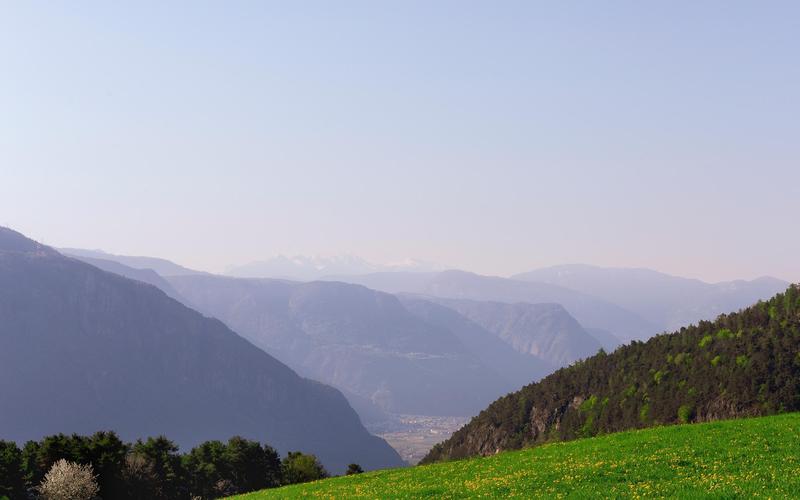The global cultural landscape is a complex tapestry that weaves together the various facets of human life. It encompasses everything from language and literature to music and dance, from cuisine and architecture to art and religion. It is a melting pot of diverse traditions, customs, and beliefs that define the rich heritage of humanity.
But what does it mean to explore the dimensions of the global cultural landscape? In simple terms, it refers to the process of discovering and analyzing the various cultural elements that make up our world. It involves delving into the history, geography, and sociology of different societies and understanding how their unique cultural practices have shaped their identity and worldview.
At the heart of this exploration lies the significance of cultural diversity. In a world that is increasingly interconnected, the ability to appreciate and respect different cultural perspectives is becoming more important than ever. By understanding the nuances of different cultural practices, individuals and communities can build bridges of understanding and appreciation, mitigating the negative impact of prejudice and discrimination.
So, what are the different dimensions of the global cultural landscape? Let’s take a closer look.
1. Geography: The physical environment plays a crucial role in shaping cultural practices. From the Arctic tundra to the savannas of Africa, the earth’s diverse landscapes have given rise to a variety of cultural expressions, from hunting and gathering to agriculture and fishing.
2. History: The historical context of a culture is another critical dimension of the global cultural landscape. The legacy of past events such as wars, colonization, and migration has a significant impact on the social, political, and economic structures of contemporary societies.
3. Beliefs and values: The spiritual and philosophical beliefs of a culture are deeply embedded in its cultural practices. From Christianity and Islam to Hinduism and Buddhism, different religions have shaped the artistic expression and cultural identity of societies across the globe.
4. Language: Language is an essential component of cultural identity. It influences the way people communicate, think, and interact with the world around them. From the tonal languages of Southeast Asia to the ancient scripts of the Middle East, different languages give us a unique perspective on the cultural landscape.
5. Art and literature: Art and literature provide a window into the soul of a culture. From the literary masterpieces of Shakespeare and Goethe to the visual art of Monet and Van Gogh, different artistic expressions reveal the values and aspirations of different societies.
6. Cuisine: Food is a universal language that connects people across different cultures. From the spicy flavors of Indian curries to the savory tastes of Italian pasta, cuisine is a beautiful expression of cultural identity.
In conclusion, exploring the dimensions of the global cultural landscape is an enriching experience that enables us to appreciate the diversity of the world we live in. By understanding and respecting different cultural practices, we can build a more harmonious and inclusive global community where differences are celebrated, not feared.
(Note: Do you have knowledge or insights to share? Unlock new opportunities and expand your reach by joining our authors team. Click Registration to join us and share your expertise with our readers.)
Speech tips:
Please note that any statements involving politics will not be approved.
